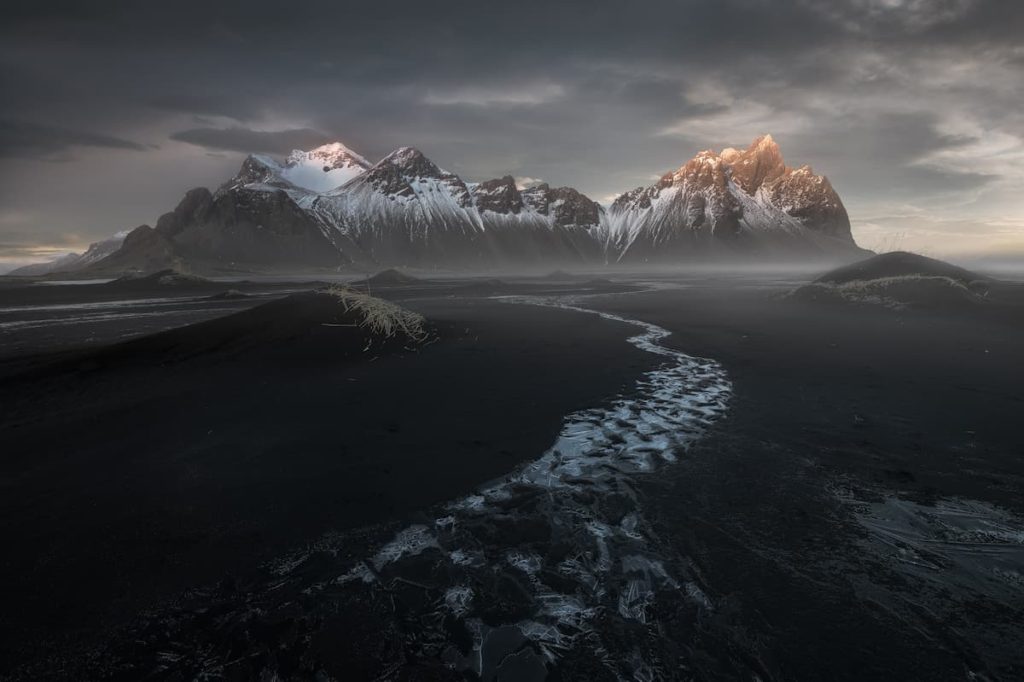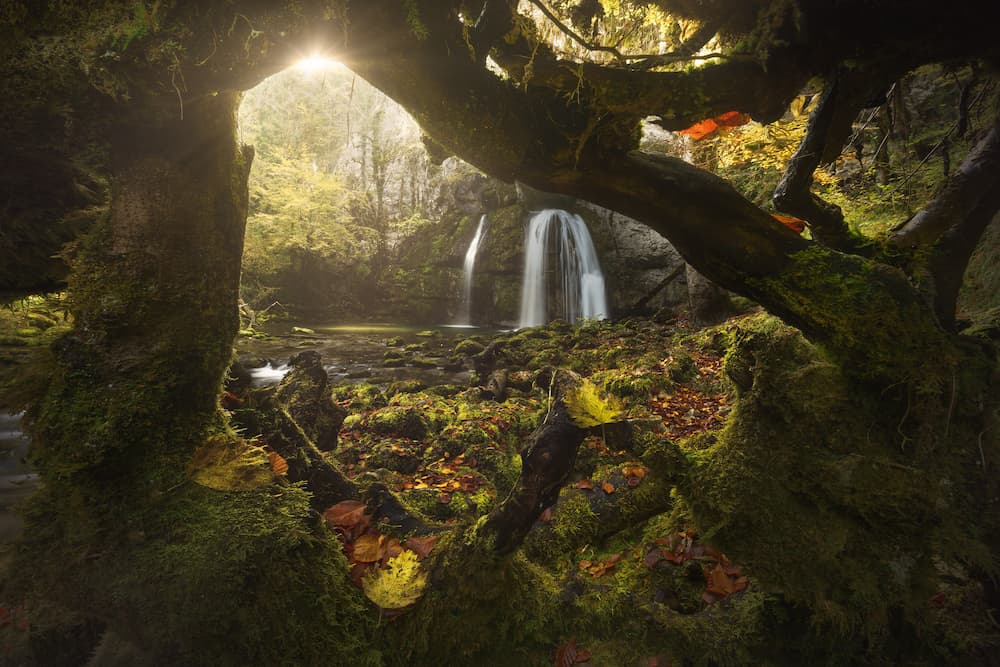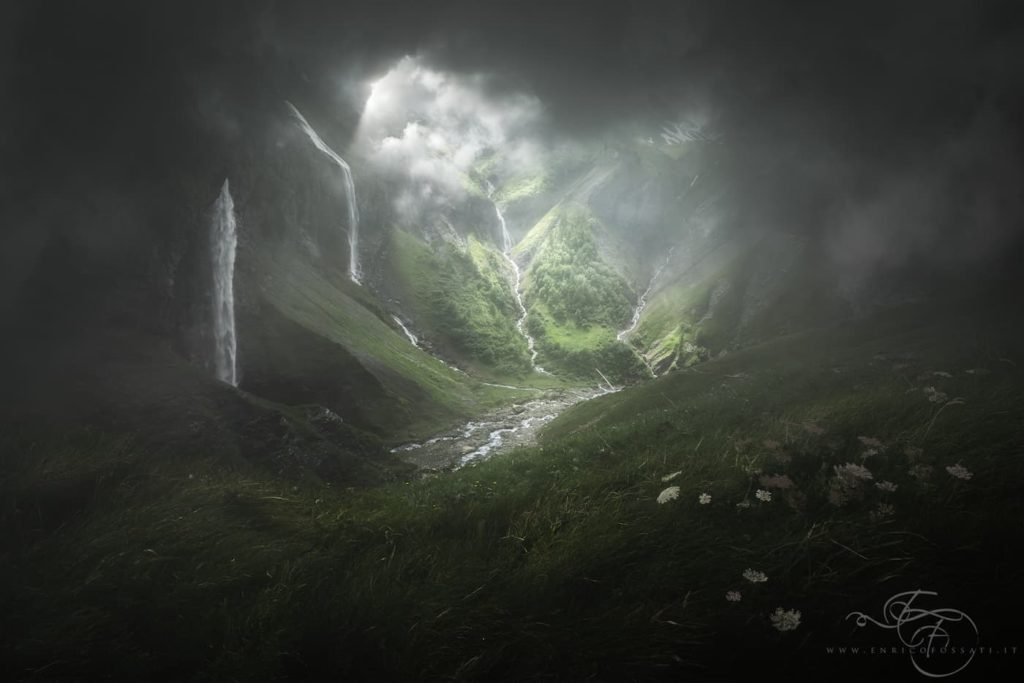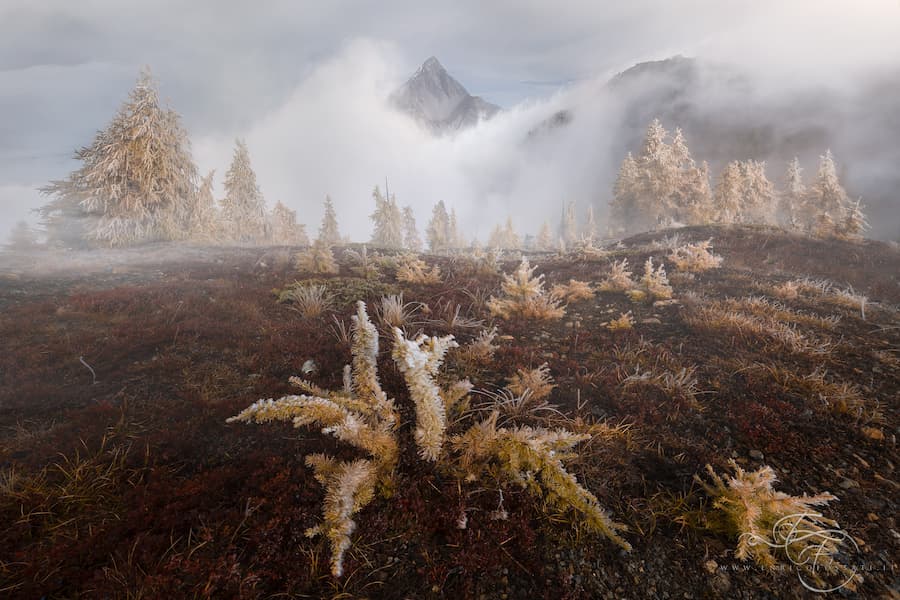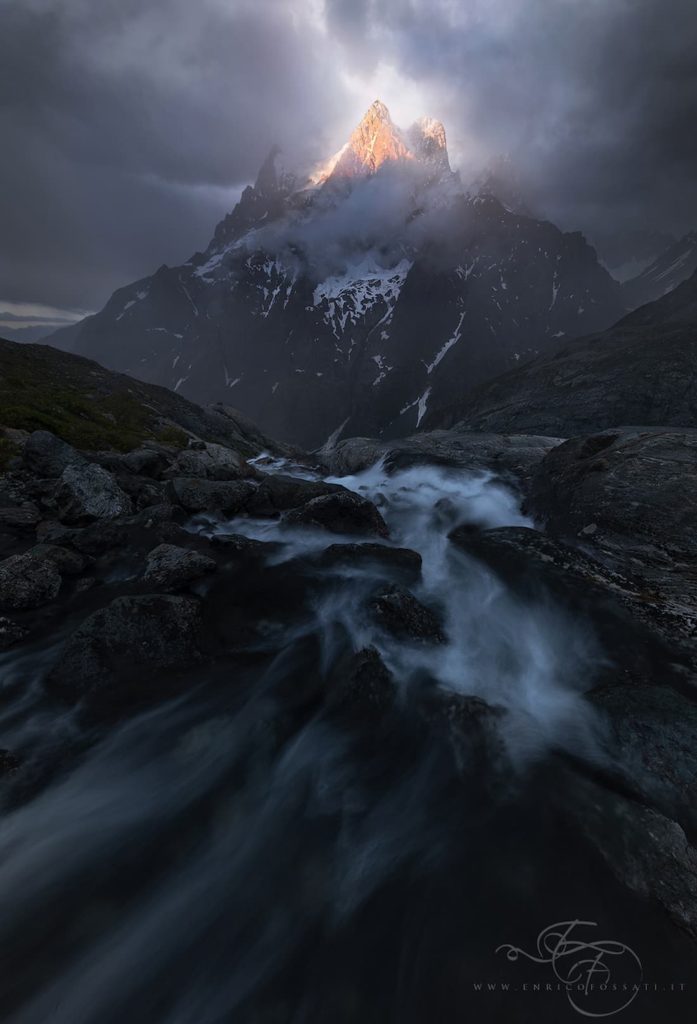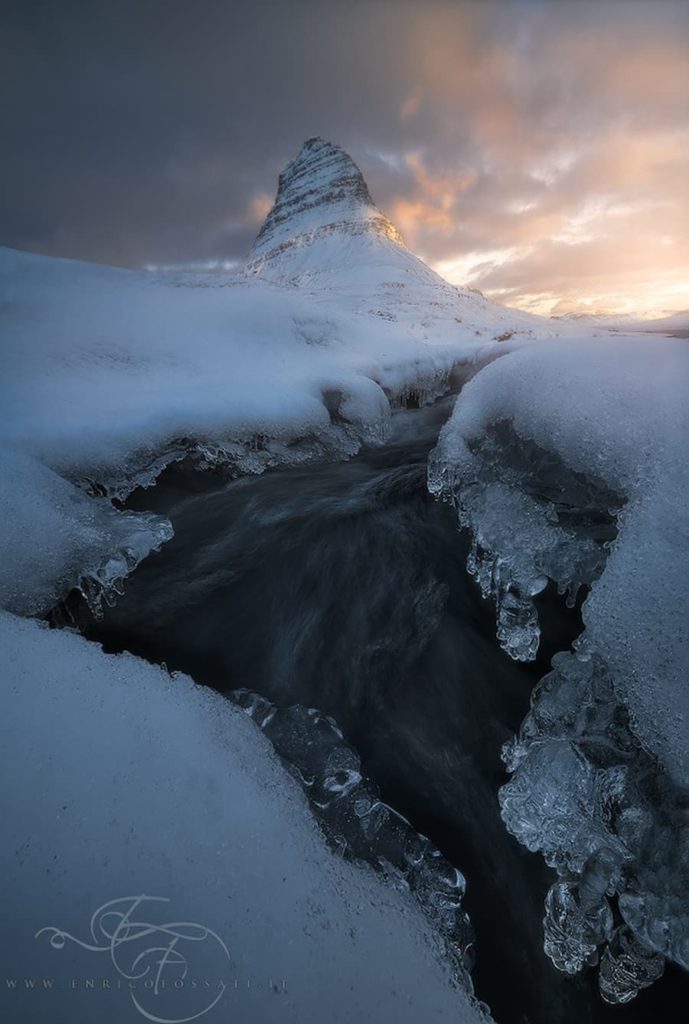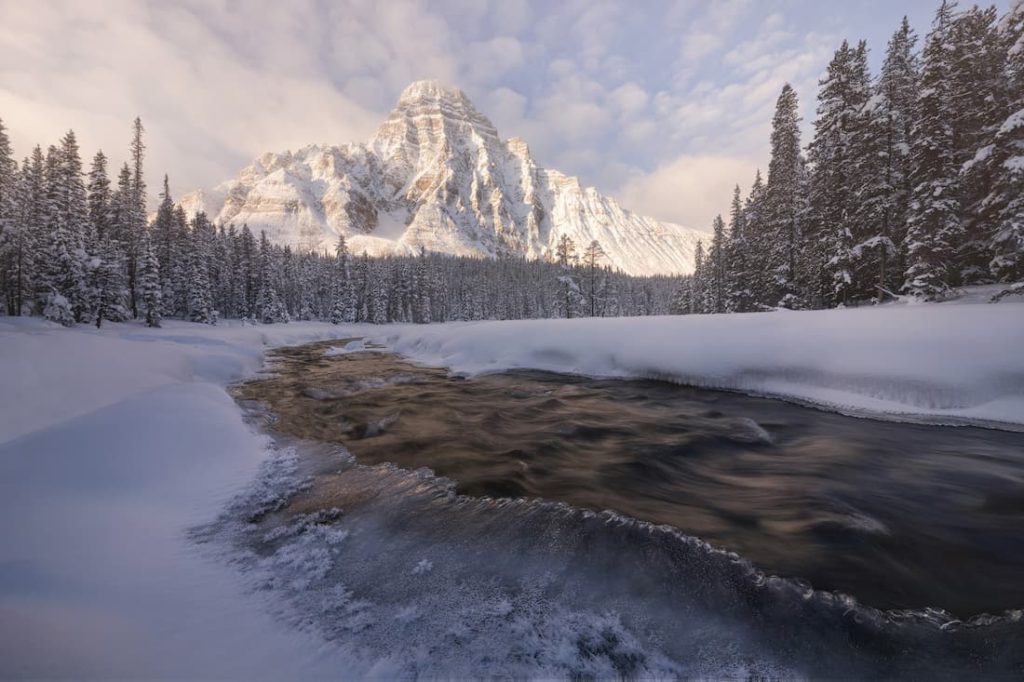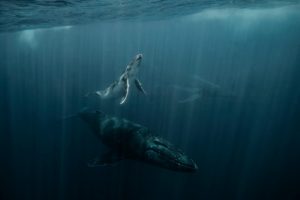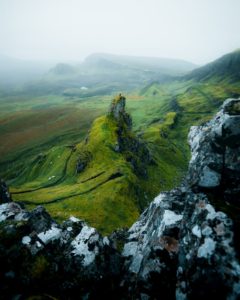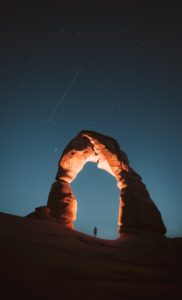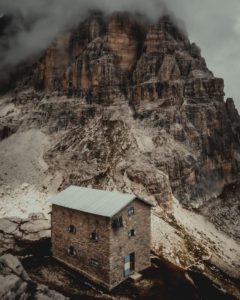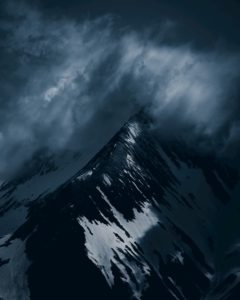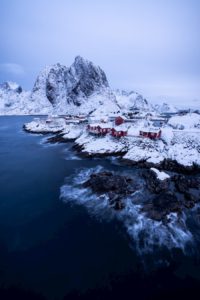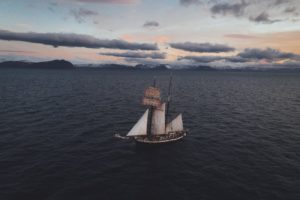
Enrico Fossati
@enrico.fossati
Landscape photographer based in Italy
Introducing Enrico Fossati
Enrico started his artistic journey by watching landscape posters and illustrations while dreaming of incredible adventures. When he bought a Nikon Coolpix in 2003, things slowly started, and a tipping point came in 2008 when he bought his first DSLR and started to study photography more intensely. The understanding of Photoshop boosted his learning curve: “I developed my skills in using Photoshop and the study of luminosity masks radically changed my approach. As a nature photographer and passionate about art, illustrations, and fantasy, I was never interested in rendering reality but rather my own vision.” Enrico considers his processing the heart of his work, a way to be distinctive and to share his emotions. He said that his editing process is time-consuming and hard to reproduce even for himself, almost similar to painting.
Paintings from the past centuries but also a lot of designs and illustrations from movies and games serve as an inspiration for Enrico’s work: “I pursue and I strongly believe in the message the old romantic painters left us about the concept of the “sublime” and the need of a little spirituality in this too material world.” In the interview, Enrico explains one photo that he feels represents him well and talks about the pursuit of the sublime using that photo as an example.
Besides running small-number workshops to help others develop, he feeds his own creativity by spending time admiring new artwork, living new experiences, and simply experimenting. He also loves to attend courses held by other professional photographers to learn what’s new. The base of Enrico’s artwork can be summarized in Perseverance and Independence; he creates to fulfill his own visions and works to build a brand around his name, without compromising too much or alienating from his artistic intentions.
Enrico also shares how he approaches the scouting of different locations and how he starts to visualize a scene/photograph based on his research. Throughout the interview, we learn about his personal vision and how important it is for him to stay true to it, to be a pure creator.
You can learn about all this and more by reading the full interview!
Interview
Welcome Enrico! Let’s begin with the beginning: How did you get started with photography? What caught your attention, evoked interest and ignited your passion for (outdoor) photography?
Thank you for the invitation. I am so glad to share with you some thoughts about my journey in the world of photography. I have been passionate about landscapes for many many years. Even when I was a child I always adored landscape posters and illustrations because while watching them I was able to dream of incredible trips and adventures. Of course, I have always taken pictures – as any amateur – when I was out for vacations or with friends. Until 2003, when I bought my first digital camera, a glorious Nikon Coolpix. I used that camera almost like a smartphone for many years. I got used to making some very basic editing to slightly improve the overall quality and that was my first step in this vast world.
The turning point was in 2008/2009 when I bought my first DSLR and I started to study photography more intensively. Thanks to the Internet, I met some other photographers and I started to explore the mountains around my home. The pleasure of living in the wild chasing the beauty of nature and exploring was fantastic, and every photographic trip was so exciting. The learning curve was steep and stimulating.
During the years I developed my skills in using Photoshop and the study of luminosity masks radically changed my approach because finally I was able to handle my pictures and render my visions. As a nature photographer and someone passionate about art, illustrations, and fantasy, I was never interested in rendering reality but rather my own vision. This was something truly amazing because I was finally able to do what I wanted since the beginning, where I first spent so much time chasing the essence of nature with a clear vision. I think I will keep on going with my personal project regardless of the business, the social media or trends that sometimes require something else; you can consider it a kind of personal mission.
On your website is written: “I am a world-renowned image editor for my specific processing and production.” What makes your image processing so specific? How would you describe your style yourself and what helped you find this style among all possibilities?
My processing is the heart of my production. It is a way to be distinctive and a way to share my feelings, emotions and moments of my life, and is very well defined because it is the sum of my visual culture. As passionate about art, I spent so much time observing paintings from the past centuries but also a lot of designs and illustrations from movies and games. It is very specific because it is completely manual. I don’t use scripts or presets to automate my process; it is long, time consuming and very hard to reproduce. There are parts of the process that are very artistic, in some way similar to painting. Due to the artistic approach it is very hard to get the same identical result, even for me. Describing my process with a few words is not easy for me, but what I can say about the description is that it is a thoughtful process to chase the moods of nature through my personal vision. I pursue and I strongly believe in the message the old romantic painters left us about the concept of the“sublime” and the need of a little spirituality in this too material world. The word sublime, as expressed in romanticism, refers to the infinity that generates in man a sense of terror and helplessness, which is not however received in a violent way such as to depress the man, but on the contrary, it is received as a humbling experience, resulting in inability and paralysis when facing the absolute. This translates into indistinct pleasure, where what is frightening and uncontrollable becomes beautiful. All these elements – art, music, literature and pop culture – inspire my workflow.
"Even if this path is leading me far away from the global audience, I don’t see this as a problem. I never aimed to be an influencer."
Can you show us a photo that you feel really represents you, who you are as an artist and person? What made you choose this photo? What is the story behind?
Well, it is always very challenging for me to choose a picture among many because all of them are representative of me in some way. Nevertheless, I believe one of the most suitable is my recent work A Journey in the Myth. It is a shot I took this summer during a stormy day in the Alps.
I spent the day with some friends exploring an area that was new to me so I wasn’t sure of what we could find at this place except for some reference shots I saw on the web. The fact that this place was new filled me with excitement; I was free and my mind was not influenced by other works. It was a pretty long hike and the presence of a thunderstorm around added up to the mood, although a bit scary. The possibility of chasing the sublime was hovering in the air. The dark clouds of a summer storm when it’s about to clear up are so tridimensional and the light that is coming through the clouds is focused on a specific spot in the landscape, turning the scene into something very dramatic, like the stage of a theater. All these elements unleashed a storm of feelings inside me. I caught the moment on camera and in my heart and mind, and at home I blended all the pictures to maximize and romanticize the drama and mood of the moment, creating something that I believe is very representative of my actual concept of landscape photography.
You offer dark processing & mood masterclasses. When teaching, what is very important to you so others can get the most out of the masterclass? And on the other side, what do you think that learners should do to get the most out of any workshop or online course?
My masterclass is the sum of the techniques I use more often in the creation of my works and the key is to explain very clearly step by step how to achieve the result. In my videos, I always explain my approach to photography as a form of art where I am trying to transmit my passion and my feelings during the editing. Besides teaching the technical aspect, I hope I can leave people inspired and motivated to find their personal vision. I think that any customer or student that is attending my classes uses my teaching not to simply reproduce a style or effect, but to develop his personal approach exploiting what he learned.
"I always invite everybody to start to analyze what is very important and inspiring for them and channel such inspiration in the photographs."
How do you make sure you evolve and grow as an artist yourself, either personally or professionally? What have been some great learning resources/experiences for you?
I feed my creativity constantly; I love spending time admiring new artworks or movies or entertaining visuals. I need to live experiences, talk with friends, travel, get drunk. And I need to stop my creations for a while before publishing new works.
I am one of the sustainers of quality over quantity and I need a reason to release a work, not just because I have to do it because my engagement drops. As I mentioned earlier, I don’t need to feed Instagram constantly because I am not aiming to be an influencer. I am sure that, one day, there will be a big revolution of that trend and a valuable body of work will be more significant than the numbers.
The greatest learning experiences that nourished my art have been traveling and experimenting with new ways to approach nature, challenge my perspective and the normal. As for the technical aspect of art, a good opportunity is to attend some courses held by other professionals.
Success never comes without challenges and setbacks. What would you say have been the most challenging aspects so far and what did you learn from them?
The word success has many aspects for sure and every person has a different way to define success. I learned so many things over the years and the two keywords that are at the base of my photographic work are perseverance and independence. I work alone and I don’t make compromises, besides a few exceptions (in professional settings you sometimes have to adjust a little). Overall, I work to create and fulfill my visions, and I am not interested in other things. This comes with the challenge to consolidate a fanbase over the years that is passionate about my artworks and is following me because of the artistic meaning of my pictures. Another challenge has been to build a brand around my name.
Could you tell us about your most impactful (paid or personal) gig/project and what made that project so special?
2021, due to all the restrictions of the pandemic, has been a different year. Nevertheless, what I have done has been very rewarding, especially on the personal side, because I spent some time exploring and chasing the beauty of nature far from the tourist routes. These trips gave me the possibility to capture some evocative and picturesque scenes that are matching my actual photographic vision.
As a professional project, I led some private workshops for true passionates. Teaching is something that I love to do but to be able to offer the best experience, I decided to quit running large-number workshops. Now I mainly lead small groups to the Alps, teaching every aspect including the joy of living the experience at 100%. I received so many compliments and I am so grateful for that.
In one of your captions, you mentioned: “This year I abandoned all the classical shooting destinations to explore a wild and unspoiled area. Only here in a place far from the mainstream locations and from the continuous sense of Deja Vu, I felt I found again the pleasure of shooting.” Can you tell something about your sources of inspiration, your location scouting techniques, and how you combat periods of when your creativity is at a low?
Oh yeah, I love to explore. I think it is the spirit of landscape photography. Not necessarily vast wild pristine landscapes, even going up a mountain river could be so rewarding in terms of research. I feel that I accomplished my task when I scout a place and I am able to capture a satisfying shot that embodies my emotions and needs. As a fantasy enthusiast, my comfort zone is the Alps with all their cascades, rivers, streams and mossy forests but also the majestic peaks. According to the seasons, I explore new possibilities.
"I love to focus my attention on specific subjects that I can find on the web on the hikers' websites or just consulting the touristic offices of the regions."
As I am passionate about art I love to analyze subjects and lights and I scout to find something that is in some way similar. But I am also a fantasy enthusiast so all the most important movies and books are a source of inspiration. I love to visualize a scene just by watching some reference shots taken by hikers and imagine the scene at sunset or during a storm with a touch of fantasy magic. When I decide to spend a week at a location that is not already well-known, I collect all the pictures I can find on the web about the area and I start to do some research about peaks, water streams, viewpoints etc. Then I start to analyze the light direction of the locations with the use of tools like TPE and so I can start to write down a draft of a daily plan, with a plan-B as well in case it’s raining or for any other reason that could hinder the original plan. Scouting is very funny but sometimes challenging and tiring when you can’t locate the proper place; I spent hours searching for hidden waterfalls!
You are very involved in NFTs as well, and you sustain the negative impact of the blockchain on our environment by being committed to the association Give Back to Nature and donating 5% of the income coming from NFTs. What tips can you share with other artists who seek to start with NFT to make it a successful business?
NFTs are a great opportunity for any content creator and I believe are the future for the art market. Besides the negative impact on the environment of the blockchain – which I think very soon will be reduced – I think NFTs, in the long term, will be more sustainable than millions of prints. At the moment there aren’t yet rules or guidelines to create a successful business in the world of NFT because it is constantly changing, but a good starting point is to build a community around your works on Twitter, which is the central meeting point between collectors and creators.
What are your dreams and desires when thinking about your photography career toward the future? What would be your next steps to improve your work, your brand, your overall satisfaction as a professional and person with what you do?
My dream is to continue my journey as a creative photographer and to improve my business as a pure creator, focusing 100% of my attention to my visions.
Would you like content like this sent to your inbox?
